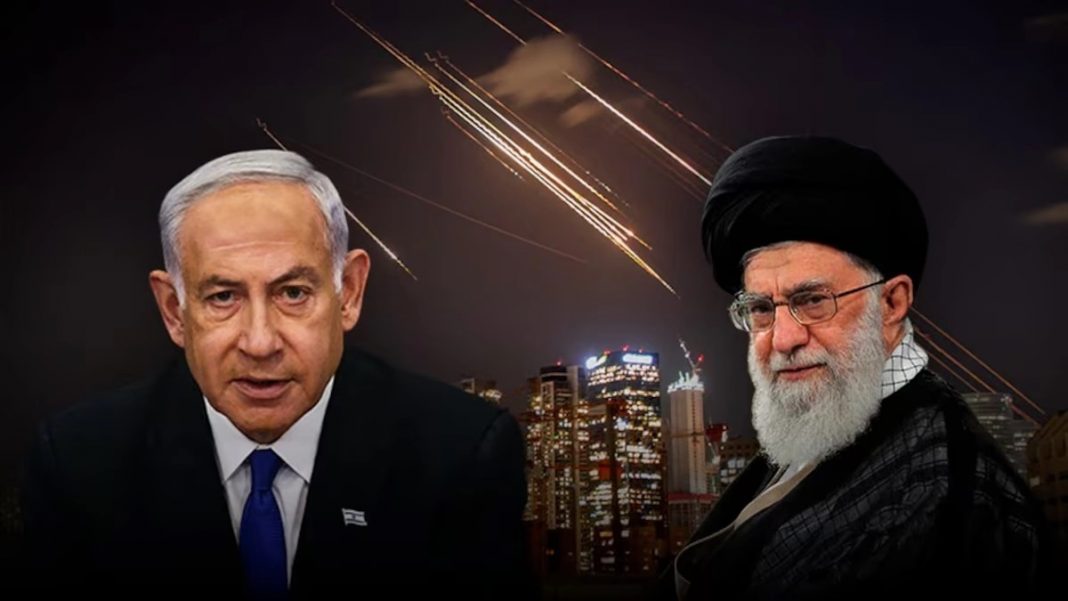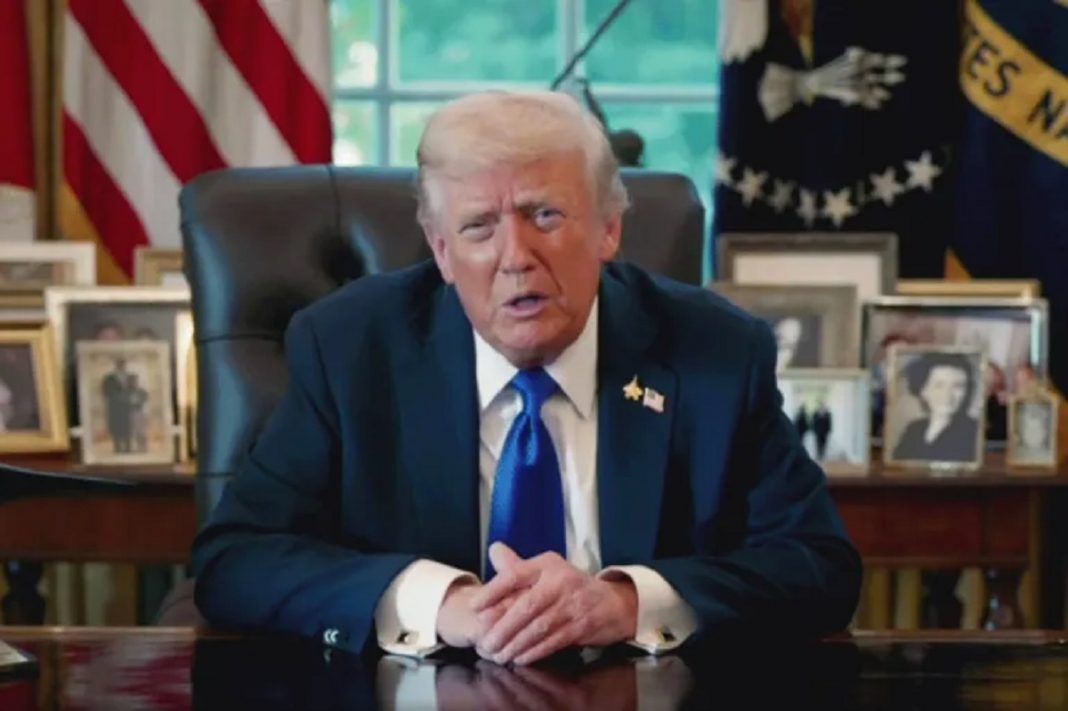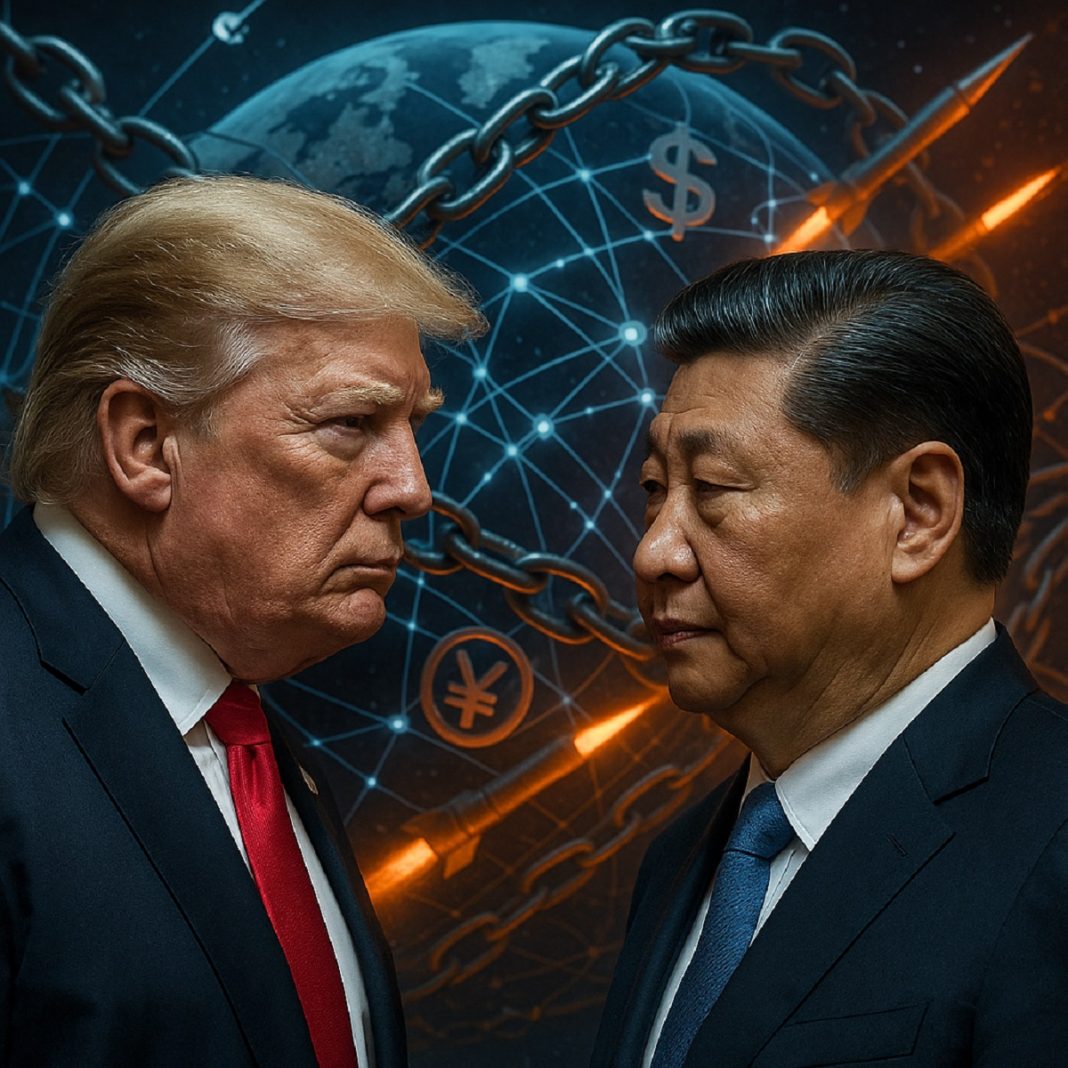Gabriel G Tabarani
When Iranian President Masoud Pezeshkian signed legislation in July suspending cooperation with the International Atomic Energy Agency, it marked a turning point in the Islamic Republic’s decades-long nuclear saga. For the first time since joining the Non-Proliferation Treaty in 1970, Iran effectively closed its doors to international inspectors. The move followed the devastating Twelve-Day War, during which coordinated Israeli and American strikes hit Iran’s nuclear facilities at Natanz, Fordow, and Isfahan. Tehran defended the suspension as temporary, meant to ensure the “security of nuclear facilities.” Yet beneath this justification lies something more consequential: a calculated drift toward nuclear opacity—a posture of deliberate ambiguity about Iran’s nuclear capabilities.
For decades, Israel has practiced this kind of strategic silence, never confirming nor denying possession of nuclear weapons. Iran now appears to be experimenting with its own version of that model. But while Israel’s policy of opacity rests on strong alliances, resilient infrastructure, and a tightly controlled information environment, Iran lacks all three. The June attacks revealed the depth of its vulnerabilities: foreign intelligence penetrations, internal leaks, and exposed enrichment sites. Israeli precision strikes crippled operations and killed senior nuclear scientists, demonstrating that Iran’s most guarded assets remain dangerously permeable. A country cannot conceal what its enemies already know how to find.
Even Iran’s supposed allies, Russia and China, have shown no appetite for a nuclearized Tehran. Both depend on the stability of the global non-proliferation system and have little to gain from an Iran that defies it. For Moscow and Beijing, Iran is a useful partner in frustrating Western policy—but a nuclear-armed Iran would be a strategic liability, one that could destabilize regions where both powers hold deep interests. Tehran stands largely alone in its bid for opacity.
Inside Iran, debate over the country’s nuclear trajectory remains fierce. Hardline factions, emboldened by the recent conflict, openly call for a “period of silence and ambiguity,” claiming that uncertainty will deter future attacks. One lawmaker boasted that “the Americans and the IAEA now don’t know where our enriched uranium is stored.” Some officials go further, urging Iran to develop nuclear weapons outright. Yet the leadership faces a profound ideological barrier: the supreme leader’s enduring fatwa forbidding the development or use of nuclear arms. For years, that edict has underpinned Iran’s claim that its nuclear program serves only peaceful purposes. To overturn it would strike at the core of the regime’s legitimacy, though pressure to reinterpret it is quietly mounting.
Even without renouncing the fatwa, Iran’s new law has already reshaped the diplomatic landscape. By halting data sharing with the IAEA, Tehran has created dangerous monitoring gaps. The European Union responded by reimposing UN sanctions that were lifted under the 2015 nuclear deal. Meanwhile, IAEA reports suggest that Iran’s enriched uranium stockpile has surged by nearly 50 percent in recent months—enough for several nuclear weapons if further refined.
The United States, under President Donald Trump’s second administration, has reopened tentative nuclear talks in Oman. But progress has been negligible. Trump alternates between “maximum pressure” threats and vague promises of a “better deal.” Iranian negotiators demand sanctions relief first, while Washington insists on verifiable restrictions. The result is paralysis: no deal, no trust, and no inspectors on the ground. In that vacuum, ambiguity has become Iran’s only leverage.
Yet ambiguity is a fragile shield. History offers grim precedents. Iraq’s secret nuclear work in the 1980s ended in an Israeli airstrike. Libya’s covert program collapsed when it traded opacity for survival. Both lacked the alliances and insulation necessary to sustain secrecy. Iran now faces the same peril. Its version of opacity is unlikely to deter attack; it is more likely to invite it.
To Israel and the United States, concealment is not deterrence—it is escalation. Israeli leaders have long vowed to prevent Iran from acquiring a nuclear weapon “by any means necessary.” The June strikes proved that Israel is willing to act preemptively and repeatedly. Each new attack deepens Tehran’s sense of encirclement, feeding the logic of defiance and pushing Iran closer to the very threshold it insists it does not intend to cross.
For all its defiance, Iran’s pursuit of opacity risks yielding only deeper isolation. Deterrence requires credibility, not confusion. Israel’s ambiguity deters because the world believes in its hidden capability. Iran’s, by contrast, convinces no one. It will only fuel suspicion and accelerate confrontation, while weakening the global non-proliferation regime. The danger is not merely an Iranian bomb, but the erosion of the international system designed to prevent one.
There remains a way out. Iran could restore cooperation with the IAEA under a revised framework that protects its facilities while reaffirming its right to peaceful nuclear energy. In return, the United States and Europe could offer phased sanctions relief and formal recognition of Iran’s civilian enrichment rights. Such an arrangement would not reward defiance; it would anchor Iran’s program within legal, verifiable limits and avert a new cycle of strikes and retaliation.
But time is short. Each day of silence brings greater risk of miscalculation. If ambiguity hardens into open weaponization, diplomacy will no longer be an option—it will be an afterthought. Iran may believe opacity buys it leverage, but without transparency it buys only peril. Deterrence built on darkness cannot endure; it merely counts down to the next explosion.
This article was originally published in Arabic on the Asswak Al-Arab website


